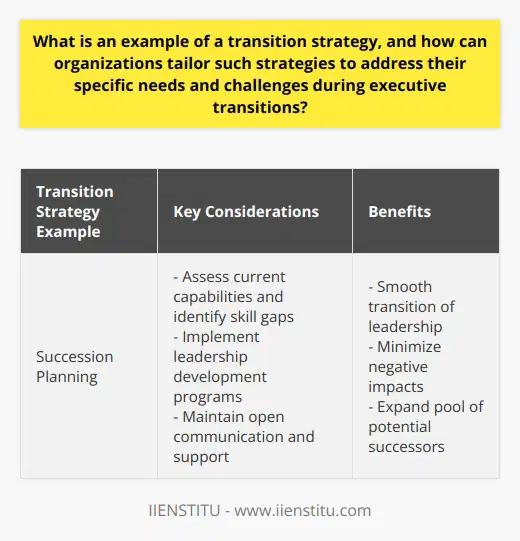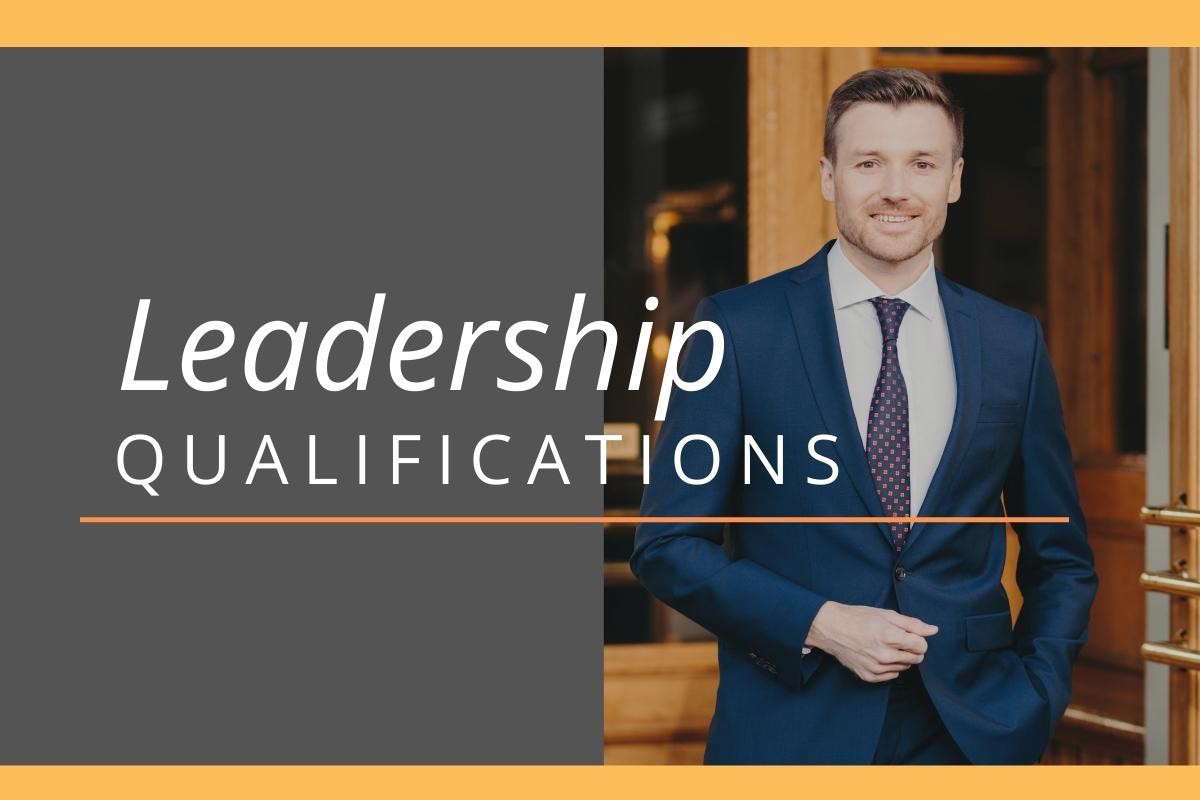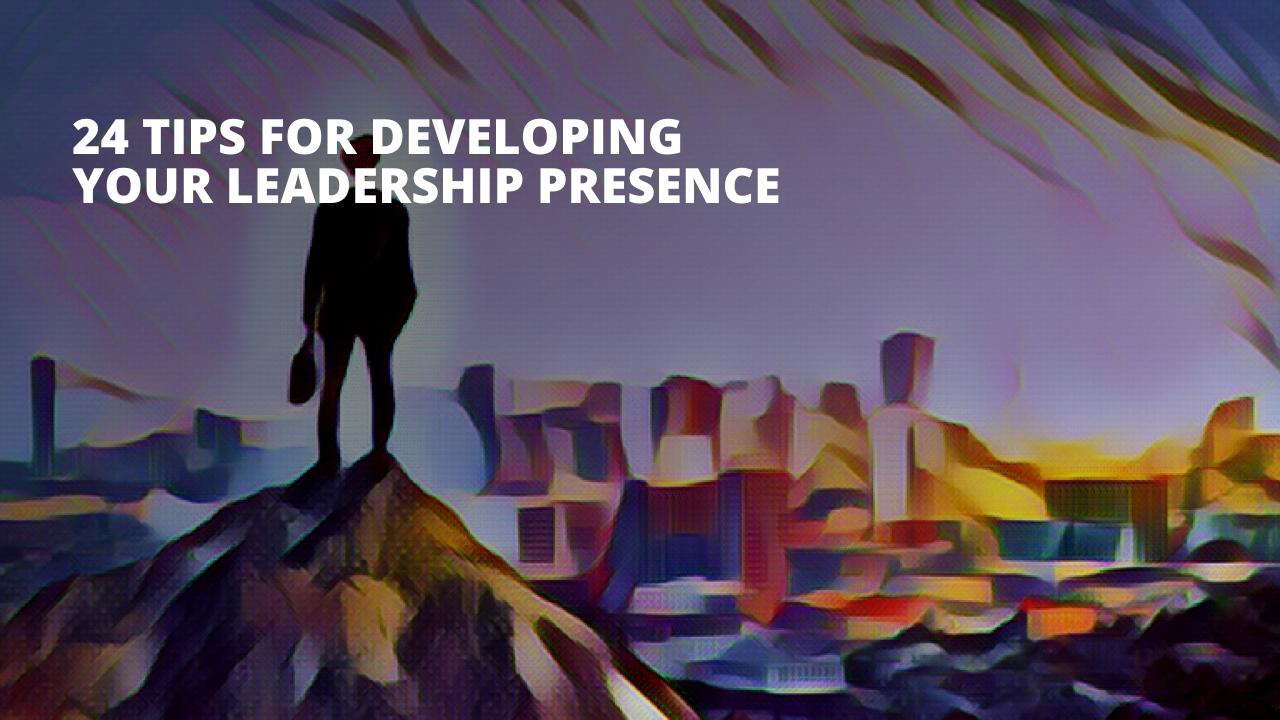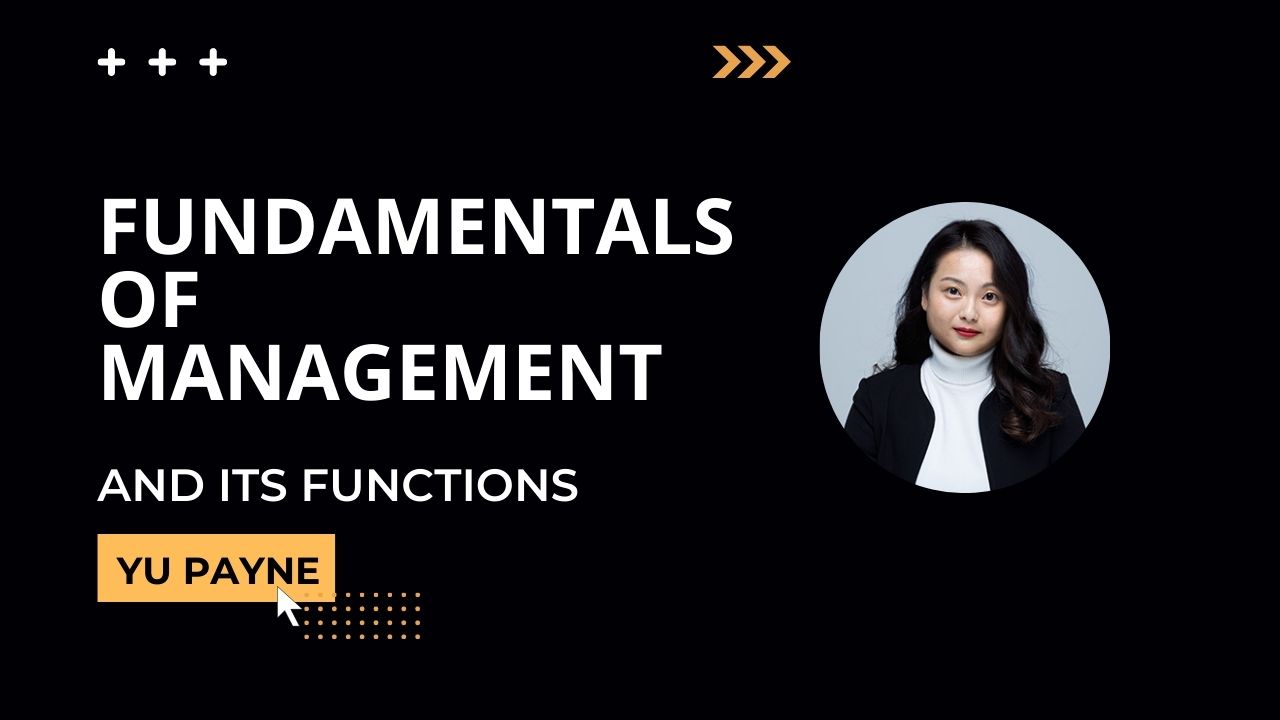
Strategic Planning for an Executive Transition
Identifying Opportunities for Improvement
Establishing Goals & Objectives
Building Effective Relationships in the Organization
Working Across Organizational Lines
Addressing Potential Conflict
Developing Effective Communication Strategies
Defining Clear Expectations
Establishing Open Communication
Creating Professional Connections
Networking to Expand Reach
Reaching Out to Relevant Businesses
Evaluating Performance & Adjusting as Necessary
Analyzing Results & Success
Making Adjustments to Strategies & Goals
Every successful executive must understand and prepare for a smooth transition into a new role. Successful change requires strategic planning to ensure objectives and goals are met, and relationships are fostered within the organization. This blog post will discuss the best practices to ensure a smooth transition by discussing strategic planning, building relationships, developing communication strategies, creating professional connections, and evaluating performance.
Strategic planning for an executive transition involves more than just outlining objectives and goals for the position. Leaders should also assess the impact of their decisions and anticipate areas of potential conflict or change. Organizations can adjust their strategy and goals accordingly by predicting how employees and stakeholders will react to a new leader, enabling a smoother transition.
Building effective relationships within the organization is essential for a successful transition.
Leaders must be willing to collaborate with team members, executives, and stakeholders to create an environment that encourages engagement and innovation. Addressing potential conflict areas within the organization and proactively resolving any issues is essential.
Developing effective communication strategies is essential for success. Leaders should create communication channels and establish clear expectations for employees and stakeholders. Open communication should be encouraged to ensure everyone is on the same page and aligned with the organization’s goals and objectives.
Creating professional connections is essential, allowing leaders to build relationships and reach out to relevant external businesses and organizations. Executive leaders should use networking events, conferences, and other appropriate forums to meet and connect with peers, potential customers, and other influencers.
Finally, a successful transition should be evaluated periodically to assess performance. Leaders should analyze the results of their strategies and strategies and the overall success of the change. From there, adjustments can be made to ensure the organization remains successful and can accomplish its objectives.
A successful transition requires strategic planning, building relationships, communicating with stakeholders, creating professional connections, and evaluating performance. Leaders should be willing to assess their decisions, anticipate areas of potential conflict, and reach out to external organizations to expand their reach. By adhering to the best practices outlined in this post, executives can ensure a smooth transition into their new role.
To successfully build strategic relationships, ensure a smooth executive transition by investing time in communication and interaction.
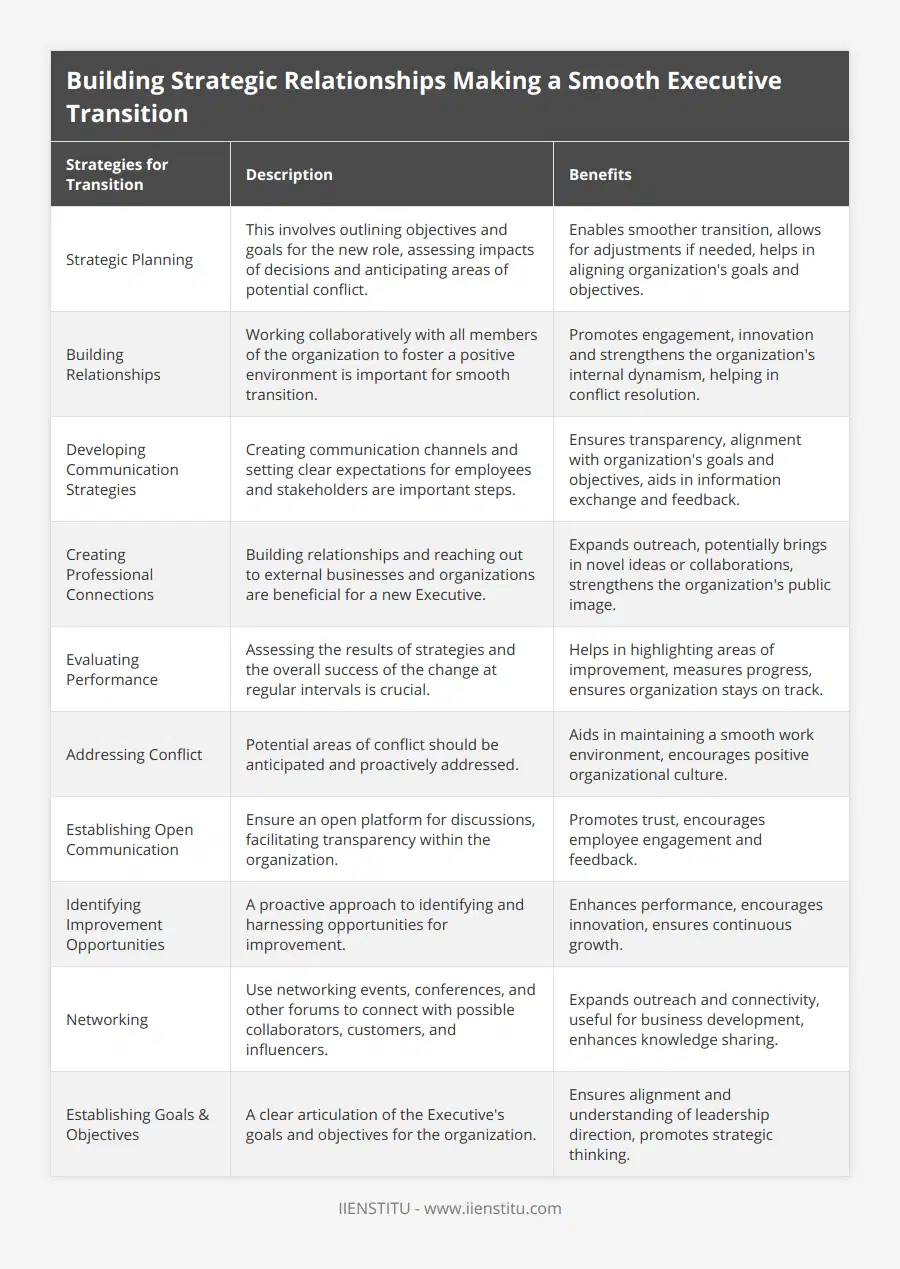
Frequently Asked Questions
What are the benefits of building strategic relationships to make a smooth executive transition?
Executives transitioning into leadership positions often face uncertainty and difficulty in making the process smooth and successful. Building strategic relationships can be a practical approach to creating a smooth executive transition. Strategic relationships involve open communication, collaboration, and commitment to work together. These relationships help new executives build trust and credibility with key constituents, establish credibility with the board of directors, and ensure proper accountability.
One of the primary benefits of building strategic relationships is that they create an environment of trust and understanding. This is essential during transitions, as new leaders must gain critical stakeholders' and team members' support and buy-in. In addition, strategic relationships create an environment of mutual respect and understanding, which helps to bridge the gap between the new and existing leadership. This trust and experience are essential to building successful, long-term relationships and sustaining the executive transition.
Another benefit of building strategic relationships is that they enable the development of strong partnerships between the new and existing leadership teams. This helps to eliminate any stress that arises from the administrative transition. Working together allows for better communication and understanding between the leadership teams and creates a foundation for cohesive decision-making. Furthermore, a unified and supportive leadership team provides the executive transition with a strong foundation for success.
Lastly, strategic relationships serve to create a sense of accountability. When key stakeholders and team members understand the executive transition's goals, it helps establish stakeholders' roles and responsibilities. This enables the new leader to hold everyone accountable for working towards the success of the executive transition.
In conclusion, building strategic relationships provides many advantages for executive transitions. It helps to foster an environment of trust and understanding, develops strong partnerships between the leadership teams, and encourages and establishes accountability. When combined, all of these elements help ensure a successful executive transition and create a foundation for a meaningful and successful relationship between the new and existing leadership teams.
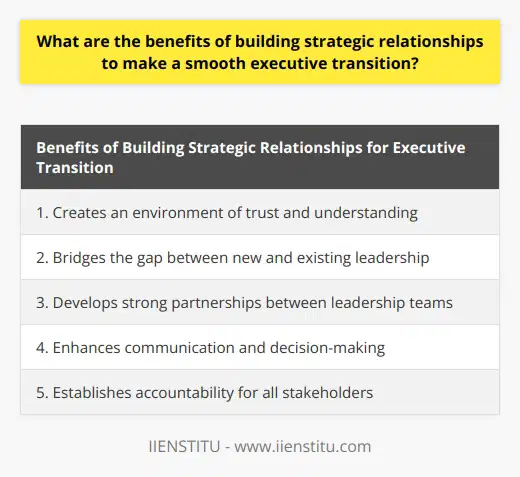
What strategies can be used to establish a solid foundation for a successful executive transition?
Executive transitions require a thoughtful response and operational planning from the new and the existing executive. While the current executive will play an essential role in developing a successful transition plan, the new executive ultimately holds the ultimate power to shape the transition and set the executive agenda for years to come. Therefore, a well-crafted sequence of support strategies, supported by a conducive organizational environment, is essential to establishing a solid foundation for a successful executive transition.
One crucial step to ensure a successful executive transition is the new executive's active involvement in the transition plan's planning and implementation. This requires the latest executive to take ownership of the transition process and maintain effective communication and a shared understanding of the new role and expectations. However, it is equally essential that the existing executive take appropriate steps to ensure a smooth transition, such as providing the new executive with access to critical information, clarifying roles and responsibilities, and facilitating stakeholder acceptance.
Organizational leadership can also be critical in facilitating a successful executive transition. Effective executive transitions require solid organizational alignment and an environment built on mutual respect and trust. To that end, leaders should encourage collaboration and engagement between the existing and new executives and provide the necessary resources for a smooth transition and maximum cooperation. In forging a cohesive relationship between the new executive and the organization, leaders should emphasize the values for which the new executive stands and seeks to promote.
In addition to active involvement from the existing executive and organizational leadership, organizations should pursue a tailored approach to executive transition. This should include various succession planning strategies, such as developing performance benchmarks, providing mentorship and training opportunities, and identifying potential successors. It is also essential to ensure an appropriate accountability system to motivate the new executive and hold them to their commitments. Furthermore, the organization should deploy a communications strategy to inform stakeholders of the transition and build support and acceptance of the new leader.
These strategies are essential to establish a solid foundation for a successful executive transition. Organizations can ensure a smooth and successful executive transition by developing a tailored transition plan supported by mutual understanding, strong communication, and shared values between the existing and new executives.
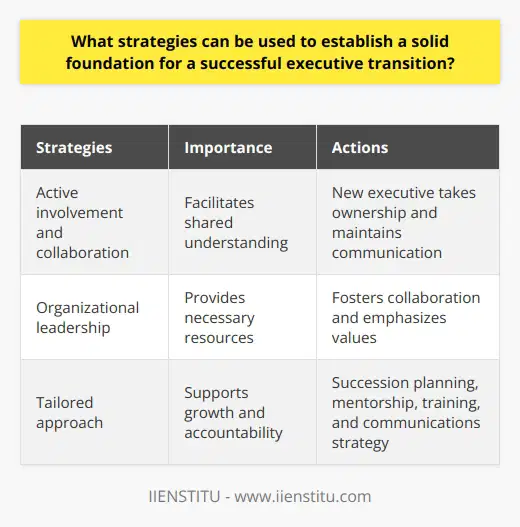
What challenges can arise during an executive transition, and how can they be effectively managed?
Executive transitions can be a significant undertaking for organizations, with many challenges that can arise in the process. Therefore, it is essential to have an effective plan with strategies to manage the transition, both during and after, to ensure a smooth transition.
One of the most common challenges experienced during an executive transition is the potential disruption to daily operations. When an organization is in flux between executives, there is often an impact on the organization's day-to-day operations, as employees need time to adjust and develop relationships with a new leader. This disruption can ultimately have a negative ripple effect, causing significant strain and trouble for the organization. Additionally, executive transitions can create inefficiencies, as the new hire may not have the same level of knowledge and expertise as the existing executive, leading to a slower start.
Another challenge encountered during an executive transition is the potential for team conflict or employee dissatisfaction. It is essential to have an effective plan to avoid or mitigate these issues, such as having an effective onboarding or transition plan in place to introduce the executive to the team in a professional and organized manner. It is also essential to address any potential issues that might arise with employees that may not respond well to the transition, such as having a designated member of staff to assist in resolving any potential conflicts that may occur.
In addition, there are potential challenges associated with the transition process itself. For example, transitioning executives may face challenges in adapting to a new role or leveraging the latest technologies being adopted. Additionally, the organization must ensure that any new policies and procedures are communicated effectively and any changes to roles and responsibilities that may arise due to the transition.
To effectively handle these challenges, it is essential to have a comprehensive plan in place. This plan should include strategies to address the disruption to daily operations and the potential for team conflict or employee dissatisfaction. Additionally, the program should have procedures for communicating new policies and procedures and training processes to ensure the new executive can transition into their new role effectively. Finally, the plan should include a timeline for implementation and a system of accountability to ensure that the transition process is successful.
Organizations can ensure a smoother transition and minimize the potential for disruption by implementing effective strategies to manage the executive transition process. An effective plan will help to ensure that the change is successful and that all stakeholders are informed and on the same page about the transition. Ultimately, this will help to maximize the benefit for the organization and ensure that the organization continues to be successful after the change.
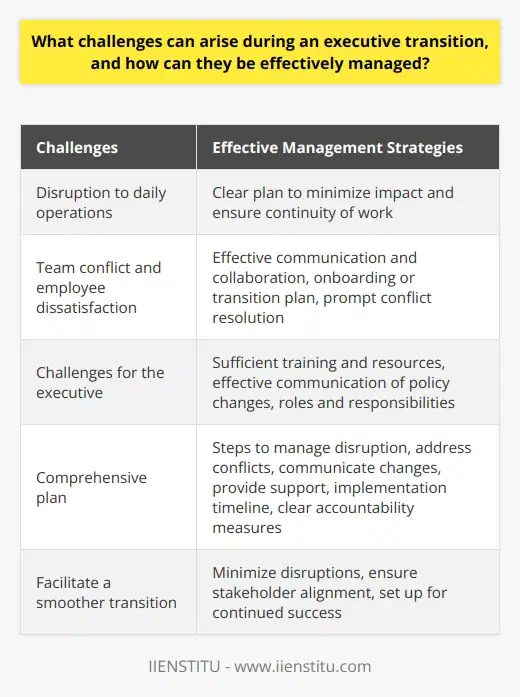
What factors contribute to a successful executive transition and how can these be incorporated into a transition strategy?
Key Factors in Executive Transition Success
Effective Communication
A crucial aspect of successful executive transitions is the establishment of open and transparent communication. The transitioning executive must engage in honest dialogue with stakeholders, emphasizing their vision, goals, and cultural integration. This active communication is essential to creating trust, receiving feedback, and identifying potential challenges.
Thorough Preparation
Strategic preparation serves as a foundation for a seamless executive transition. This entails understanding the organizational culture, studying ongoing projects, identifying internal and external challenges faced by the company, and assessing industry trends. Adequate preparation contributes to a better understanding of the company's drivers, critical issues, and opportunities, hence facilitating an effective transition.
Cultural Adaptation
Successfully settling into a new executive role often requires adoption and adaptation to the organization's culture. Ensuring cultural alignment from the onset streamlines the transition process by fostering positive interactions within the team and integrating the executive's values with the organization's. Furthermore, this increases acceptance and ensures optimal engagement in the team.
Tailored Strategies
A customized transition strategy is imperative for success, as each executive transition is unique. The tailored approach must consider the organization's size, global spread, industry dynamics, and specific objectives. Factoring in these elements enables the creation of practical, relevant, and outcome-oriented strategies contributing to a positive onboarding experience.
Support Systems
An essential aspect of a successful executive transition is the presence of strong support systems. The provision of dedicated resources, such as mentors, coaches, or a transition team, aids the executive in navigating the new roles, responsibilities, and expectations. Support systems empower the incoming executive to align their leadership style with organizational needs and sustain momentum throughout the transition period.
Continuous Learning and Development
The transition strategy must include ongoing opportunities for the executive to acquire new knowledge, develop essential skills, and improve their decision-making abilities. Continuous learning is crucial for adapting to the fast-paced and dynamic business environment, addressing unforeseen challenges, and displaying effective leadership.
Incorporating these factors into a transition strategy not only enables a successful executive transition, but also contributes to setting the organization on a progressive trajectory. Emphasizing effective communication, customized planning, cultural alignment, and continuous learning establishes a solid foundation for executive and organizational success.

How can organizations foster a supportive environment for individuals undergoing an executive transition?
Creating a Supportive Culture
Organizations can foster a supportive environment for individuals undergoing an executive transition by implementing various strategies. These include providing guidance, mentorship, and resources to facilitate the smooth integration of the new executive.
Structured Onboarding Process
A well-designed and structured onboarding process can aid in acclimating the new executive to the organization's culture, goals, and expectations. It should comprise orientation, training sessions, and regular check-ins, ensuring a strong foundation for their tenure.
Mentoring Programs
Organizations can create formal mentoring programs, pairing the new executive with a seasoned leader. Such a relationship provides invaluable insights, guidance, and support in navigating the challenges they may encounter in the transition process.
Cross-functional Team Collaboration
Promoting cross-functional collaboration allows new executives to develop an understanding of various departments and their functions. Thus, they gain a holistic view of the organization's operations, improving their decision-making.
Open Communication Channels
Encouraging open communication channels within the organization allows new executives to share ideas, concerns, and feedback. This support makes them feel valued and respected, enabling them to contribute effectively.
Networking Opportunities
Providing networking opportunities can help new executives develop connections within the organization and the industry at large. Building a strong network can be vital in ensuring their long-term success, as it enables access to resources, information, and support beyond their immediate teams.
Addressing Psychological Barriers
Organizations should pay attention to the psychological aspects of executive transitions, recognizing that the process may trigger feelings of vulnerability, anxiety, or isolation. Providing empathy, encouragement, and reassurance can reduce these concerns and encourage executives to embrace their new role wholeheartedly.
Conclusion
Fostering a supportive environment for individuals undergoing an executive transition is crucial to promoting their success and satisfaction in the organization. By embracing a well-rounded approach that addresses both practical and psychological aspects, companies can ensure that new executives are set up for success and contribute effectively to the organization's growth.
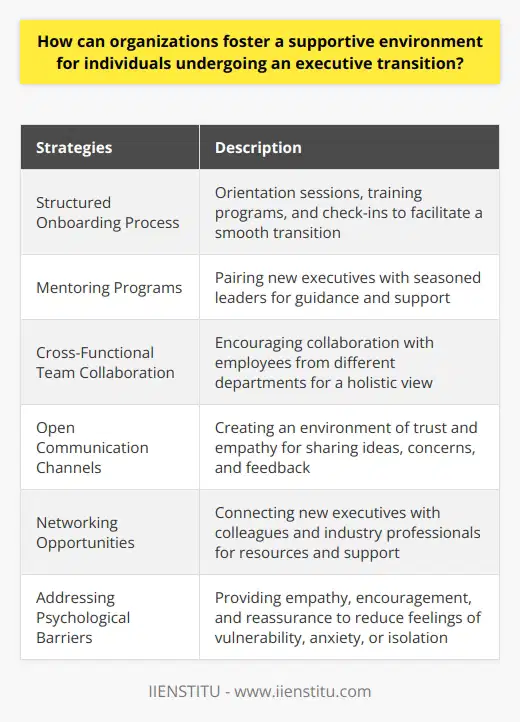
What role do communication and collaboration play in ensuring a smooth transition into a management or executive position?
Role of Communication in Management Transitions
Effective communication is paramount in ensuring a smooth transition into a management or executive position. Clear and concise communication allows new managers to express their expectations, goals, and concerns to their team members. Furthermore, actively listening to team members' feedback and addressing their concerns helps establish trust and fosters a conducive working environment. By engaging in open dialogues and transparent exchanges of information, new managers can avoid misunderstandings and create a sense of unity in their team.
Collaboration Enhancing Organizational Integration
Collaboration plays a vital role in successfully integrating individuals into new management or executive positions. As new managers establish their roles in the organization, they will be required to work closely with various departments, teams, and stakeholders to achieve strategic objectives. By fostering a spirit of teamwork and inclusiveness, new managers can leverage the diverse skills, knowledge, and experiences within their teams to develop innovative solutions and drive organizational success. Encouraging collaboration amongst team members also serves to break down hierarchical barriers and creates a culture where everyone's opinions and ideas are valued.
Communication and Collaboration: The Winning Combination
Ultimately, the importance of communication and collaboration in ensuring a seamless transition into management or executive positions cannot be overstated. When thoughtfully wielded, these two elements work in tandem to create an environment where new managers can lead confidently and effectively. By prioritizing transparent communication and encouraging teamwork, newly appointed leaders can rapidly assimilate into their new roles and create a positive impact on their teams and organizations. In this way, communication and collaboration serve as crucial tools for successfully navigating the demands of a new management or executive position.

What is the executive transition process and what are its key components?
Executive Transition Process Defined
The executive transition process refers to the structured and systematic approach taken by organizations to facilitate the smooth and effective replacement of their chief executives or senior management. The primary objective of this process is to ensure minimal disruptions to the organization's operations and maintain its performance during changes in leadership. Several key components should be considered when managing an executive transition.
Succession Planning
Succession planning involves the identification and development of potential successors for key leadership positions. By maintaining a pipeline of talent and preparing them for future responsibilities, organizations can minimize the impact of executive transitions. This process often includes training programs, mentoring, and job rotation to ensure a well-rounded development of potential leaders.
Search and Recruitment
Finding the right executive to fill a leadership vacancy requires a concerted search and recruitment effort. This process involves the thorough identification of the desired skills, qualifications, and characteristics of the ideal candidate. Once the profile is established, the organization can use various search methods, such as executive search firms, networking, or targeted advertising, to identify and attract qualified candidates.
Selection and Evaluation
The selection of the right executive is a critical component of the executive transition process. This involves evaluating candidates against the established profile, conducting thorough interviews, and assessing their leadership styles, work experiences, and cultural fit with the organization. The use of psychological assessments and reference checks can further inform the selection and provide valuable insights on candidates, ensuring a better fit for the organization.
Onboarding and Integration
The onboarding and integration process is essential for the newly appointed executive to quickly assimilate organizational culture, values, and expectations. This process often includes a comprehensive orientation program, job shadowing, team-building activities, and continuous feedback from key stakeholders. By effectively integrating the new executive into the organization, the success rate of the executive transition is likely to be higher.
Monitoring and Support
Continual monitoring and support during the executive transition process can ensure the new leader's performance meets expectations and positively contributes to organizational success. Frequent check-ins, performance evaluations, and opportunities for feedback can facilitate constructive communication between the new executive and the organization's stakeholders. This ongoing support can result in greater organizational resilience and adaptability during leadership transitions.
In conclusion, the executive transition process is a crucial management function with key components, including succession planning, search and recruitment, selection and evaluation, onboarding and integration, and monitoring and support. By systematically addressing these components, organizations can successfully navigate through leadership changes and maintain their performance.
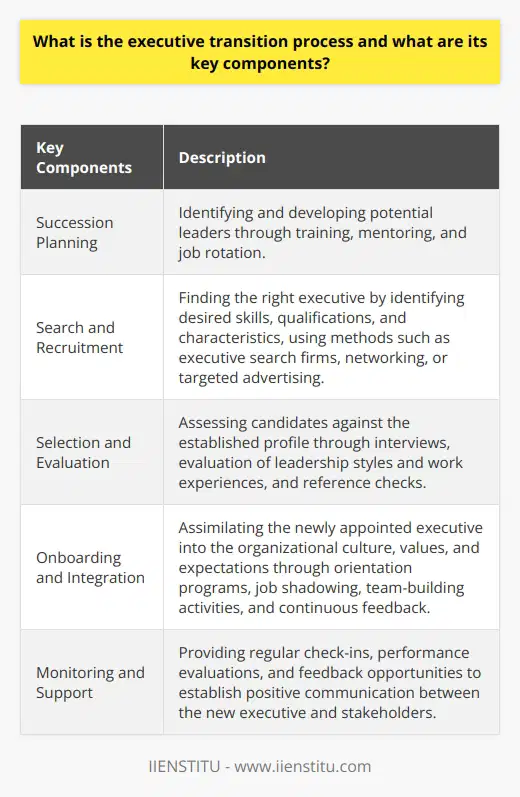
How does the Stars framework contribute to successful executive transitions, and what are its main principles?
Understanding the Stars Framework
The Stars framework plays an essential role in facilitating fruitful executive transitions by outlining key aspects to focus on during this process. Developed by Michael Watkins, this framework is founded on five main principles, known as the STARS model: Start-up, Turnaround, Accelerated Growth, Realignment, and Sustaining Success. By utilizing the STARS model, businesses can systematically address the unique challenges and opportunities presented during executive transitions.
Start-up Phase and Adaptation
As the name suggests, the Start-up phase occurs when a new business begins operations or a new product enters the market. During this stage, the executive's primary focus should be on constructing the team and formulating a successful business strategy. The Stars framework emphasizes flexibility and adaptability, as executives must quickly respond to unexpected market changes or shifting customer preferences.
Turnaround and Revitalization
In the Turnaround stage, organizations face declining performance and potential failure. Here, the Stars framework directs the incoming executive to take immediate action, identifying problems and implementing effective solutions. A decisive and analytical approach is required, as the executive's goal is to restore the organization's profitability and reposition it for future success.
Accelerated Growth and Expansion
During the Accelerated Growth phase, the business experiences rapid expansion and increasing market share. According to the Stars framework, executives in this stage need to manage and support this growth carefully. Their responsibilities include optimizing resources, scaling operations, and ensuring that the business remains aligned with market demands. In essence, they must balance the risks and rewards associated with rapid growth.
Realignment and Restructuring
At the Realignment stage, the organization has developed well-established practices but struggles with new challenges. Utilizing the Stars framework allows the executive to examine internal and external factors affecting the business. Moreover, they must reassess strategies and reallocate resources to adapt to the evolving market and maintain competitiveness.
Sustaining Success and Fine-tuning
Finally, the Sustaining Success stage involves maintaining an organization's competitive advantage and impressive performance. The Stars framework instructs the executive to focus on refining strategies, nurturing talent, and fostering innovation. This proactive approach ensures that the organization remains responsive and agile in the face of future challenges.
In conclusion, the Stars framework contributes to successful executive transitions by offering a structured and strategic approach for each stage of an organization's lifecycle. By applying the framework's main principles, executives can navigate the complexities of their role, enabling their organizations to thrive and succeed in an ever-changing business landscape.
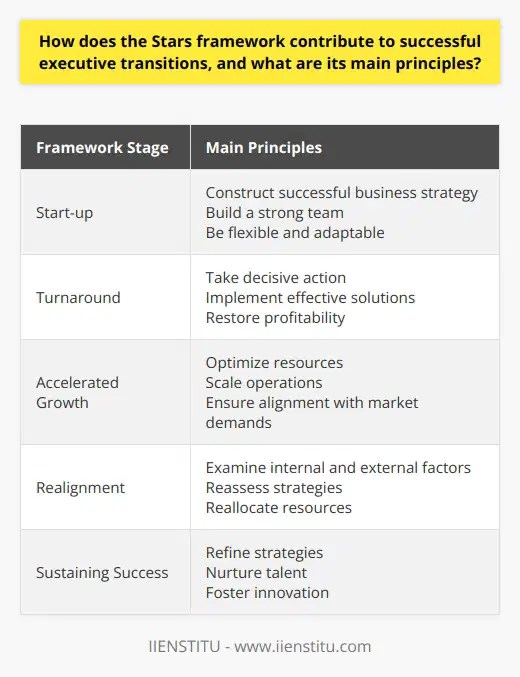
Can you provide an example of a transition strategy that has been successfully implemented in an organization?
Example of Successful Transition Strategy
One prominent example of a transition strategy successfully implemented in an organization is General Electric's (GE) transformation under the leadership of its former CEO, Jack Welch.
Welch's Leadership Principles
During Welch's tenure (1981-2001), GE underwent a significant transformation to become more agile, competitive, and profitable. Welch's leadership principles played a major role in this transition. These principles were based on three key pillars: operations, people, and culture.
Operational Improvements
In operations, Welch sought to streamline business processes by eliminating bureaucracy and reducing the number of management layers from nine to four. He emphasized high market share, pushing the company to be first or second in every industry in which it operated. If a business unit was not meeting this criterion, it was either sold or closed. This approach led to improved efficiency and a focus on core business areas.
People-Centric Approach
To create a people-centric organization, Welch introduced an open communication culture where employees were encouraged to exchange insights, ideas, and information. He believed in differentiating talent (top 20%, middle 70%, and bottom 10%) and rewarding top performers with generous compensations and promotions. The bottom 10% were let go to ensure a high-performance work environment.
Shift in Organizational Culture
Finally, Welch sought to create a culture of continuous learning by establishing the GE Management Institute (Crotonville) as the company's learning hub. He encouraged a culture of boundarylessness, eliminating silos between departments, and fostering cross-functional collaboration for innovation and knowledge sharing.
Impact of Welch's Strategy
As a result of these strategies, GE's market capitalization grew from $12 billion in 1981 to more than $410 billion in 2001, making it one of the most valuable companies globally. The organization expanded its portfolio beyond the core industrial segments and ventured into new businesses like financial services and healthcare. GE became a global powerhouse, successfully transforming itself in response to dynamic market trends and competitive pressures.
In conclusion, Jack Welch's transition strategy focusing on operational efficiency, people management, and cultural change was instrumental in enabling General Electric's outstanding growth and diversification during his tenure. This transformation exemplifies the successful implementation of a well-crafted transition strategy.
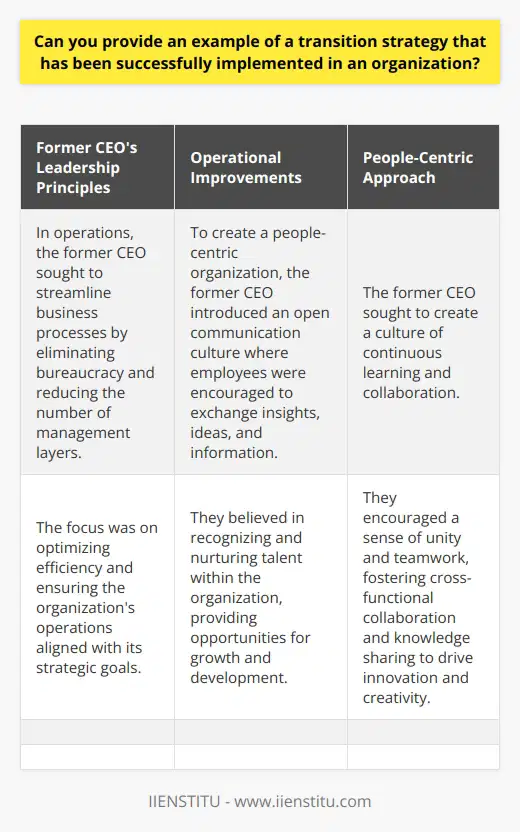
What can you do to make the transition to management smoothly, and what proactive measures can be implemented to ensure a seamless change in leadership?
Developing Effective Strategies
To ensure a smooth transition to management, it is crucial to develop effective strategies that cater to employees' professional development and interactions, while simultaneously creating an environment conducive to change. Proactive measures must be implemented to facilitate a seamless change in leadership, maintaining stability and continuity during the process.
Acquiring Essential Management Skills
Essential management skills, such as communication, delegation, and time management, are crucial for making a successful transition. Aspiring managers should pursue professional development opportunities that include workshops, seminars, and online courses to acquire these skills. Additionally, engaging in mentorship programs provides valuable insights and guidance from seasoned managers, helping to navigate potential challenges in their new roles.
Establishing Clear Communication Channels
Clear communication channels are vital for fostering trust and collaboration among team members. Newly appointed managers should prioritize open communication to address any concerns or questions and ensure that employees are informed about the changes in leadership. Regular team meetings, one-on-one sessions, and email updates are effective ways to keep the team engaged and informed about the ongoing transition.
Building Strong Relationships
Developing strong relationships with employees is a key component in creating a cohesive and resilient team. A newly appointed manager should invest time in getting to know team members on a personal and professional level. Demonstrating genuine interest in employees' well-being and aspirations builds trust, enhances team dynamics, and results in improved morale and productivity.
Adapting to Organizational Culture
To assimilate into the organizational culture, new managers should familiarize themselves with the company's core values, principles, and best practices. Aligning personal management styles with the organization's culture promotes consistency and predictability, easing employees' apprehension about any possible disruptions or changes in expectations.
Soliciting Feedback and Continuous Improvement
Soliciting feedback from team members and superiors is a fundamental step for continuous improvement. Regularly seeking feedback ensures that the new manager is aware of any issues or opportunities for growth and can take prompt action to address them. Moreover, encouraging open discussions and constructive feedback among team members fosters a culture of learning and continuous development.
In conclusion, making a smooth transition to management requires a combination of acquiring essential skills, establishing clear lines of communication, building strong relationships, adapting to organizational culture, and engaging in continuous improvement. Proactive measures, such as seeking feedback and aligning with company values, are integral to ensuring a seamless change in leadership. By addressing potential challenges with these strategies, aspiring managers can navigate their new role with confidence and success.

How do you prepare for a CEO transition, and what are the critical steps to take for both the outgoing and incoming executives?
Preparing for a CEO Transition
The preparation for a CEO transition is a crucial process involving meticulous planning and effective communication to ensure a smooth transition of leadership. The following are critical steps to be taken by both outgoing and incoming executives.
Outgoing CEO Responsibilities
Begin early: Initiate the transition process early, which gives ample time to identify and groom the successor, ideally 12-18 months before the projected transition date.
Develop the succession plan: Collaborate with the board and stakeholders to create a comprehensive succession plan, outlining the desired skill-set, capabilities, and experience required of the new CEO.
Mentor the successor: Facilitate knowledge transfer by engaging in direct discussions, sharing key insights, and involving the successor in decision-making processes.
Communicate the transition: Inform employees and stakeholders about the upcoming leadership change, setting expectations about the transition process and the new CEO's role.
Incoming CEO Responsibilities
Conduct a thorough assessment: Review the company’s vision, mission, and strategic objectives, and familiarize yourself with the current financial and operational performance.
Engage with stakeholders: Invest time in building relationships with the board, employees, customers, and suppliers, gaining their trust and support in executing future plans.
Create a strategic entry plan: Develop a 90-day entry plan highlighting immediate actions and long-term priorities in response to the company's challenges and opportunities.
Align with organizational values: Understand and embrace the organization's culture and values, demonstrating them through actions and decisions while maintaining open communication channels with employees.
Collaborative Efforts
Establish a transition committee: Form a committee comprising representatives from the board, outgoing CEO, and incoming CEO to oversee and coordinate the overall transition process.
Develop a communication plan: Design a communication strategy to ensure consistent messages are conveyed to stakeholders, addressing potential challenges, and mobilizing support for the new CEO's vision.
Organize a handover ceremony: Arrange a formal event to celebrate the outgoing CEO's achievements and welcome the incoming CEO, emphasizing the continuity of leadership and strategic direction.
Conduct regular review meetings: Schedule periodic meetings to discuss the progress of the transition process, providing opportunities for both executives to address any concerns and share valuable feedback.
In conclusion, a well-executed CEO transition requires deliberate planning, open communication, and strong collaboration among all stakeholders. Emphasizing on these critical steps will ensure a seamless transition, setting the new CEO up for success.
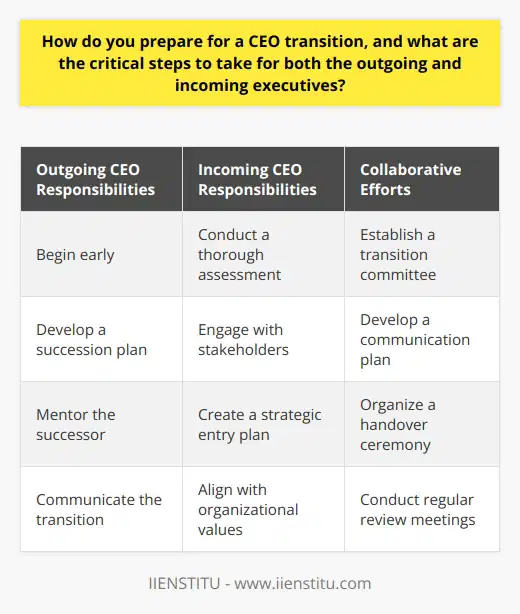
What is an example of a transition strategy, and how can organizations tailor such strategies to address their specific needs and challenges during executive transitions?
Transition Strategy Example: Succession Planning
A notable example of a transition strategy is succession planning, which outlines the process of identifying and grooming potential successors for key executive positions. This proactive approach to executive transitions facilitates a smoother transition by preparing for the inevitable change in leadership, thus minimizing negative impacts on the organization.
Customization for Specific Needs
Organizations can tailor succession planning to address their specific challenges and needs during executive transitions by considering several factors. Firstly, they should assess the organization's current capabilities and identify potential skill gaps in the event of a leadership change. Through this assessment, they can target the development of internal candidates to fill identified gaps and align with organizational goals.
Leadership Development Programs
Secondly, organizations can implement leadership development programs that offer experiences and training to high-potential employees. These programs may include rotational assignments, mentorship, coaching, and training courses custom-designed for the organization. By equipping talented employees with the necessary skills and knowledge, organizations increase their pool of potential successors and ensure a smoother executive transition.
Communication and Support
Lastly, organizations should maintain open lines of communication about the succession planning process and provide strong support for potential successors during the transitional period. Communication can involve sharing transparent information about the organization's goals, expectations, and the requirements of the executive positions. By addressing any concerns or queries from potential successors and offering support, organizations can promote an environment conducive to successful leadership transitions.
In conclusion, succession planning is an effective transition strategy that organizations can adapt to address their unique set of challenges and needs during executive transitions. By evaluating the organization's current capabilities, implementing targeted leadership development programs, and maintaining open communication and support networks, organizations can create a solid foundation to ensure a smooth and successful executive transition.
